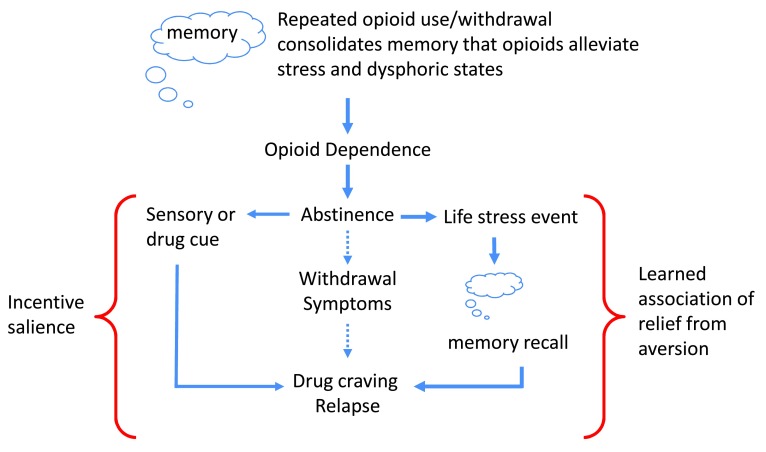Figure 1. Learned association of relief of aversive states.
Initial opioid use is reinforced by euphoria and positive mood, promoting further drug use. However, the motivation for opioid taking changes with repeated use, where positive reinforcing effects of the drug wane in comparison to the drive to alleviate withdrawal effects (negative reinforcement). With repeated drug use, opioid dependence develops and the learned association with relief of the aversive withdrawal state is reinforced. Following abstinence, the risk of relapse can be driven by three paths. The first is by direct negative reinforcement and relief of withdrawal. The second path would be sensory or drug cues (e.g., drug paraphernalia, familiarity of location to previous drug use, scent, etc.) and drug access (left side of figure), where incentive salience drives craving and loss of inhibitory control drive relapse. The other (right side of figure) is the trigger of life stress events that recall the memory of learned association between drug taking and aversion relief. In individuals with pre-existing negative affective states, the prediction is that the initial opioid use would immediately be associated with negative reinforcement in alleviating dysphoric symptoms and a) memory consolidation would be established more rapidly and b) the opioid would have increased salience during withdrawal for creating associative memories due to exacerbated dysphoria.

